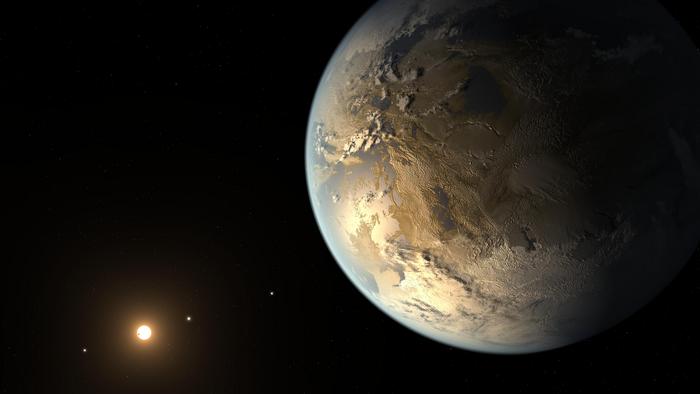When Trying to find Life on Exoplanets, a Lack of Its Indicators Is Solely a Beginning Level


When looking for indicators of life on planets outdoors our Photo voltaic System, typically nothing is sort of nearly as good as one thing. Even an absence of biosignatures on examined exoplanets can nonetheless inform us rather a lot concerning the chance of life on the billions of planets we haven’t checked out but, in keeping with a examine in The Astronomical Journal.
The examine employed a classy statistical evaluation to find out the minimal variety of exoplanets that may should be noticed to generate helpful solutions about what number of doubtlessly inhabited planets are on the market. They decided that discovering no indicators of life on 40 to 80 exoplanets wouldn’t, in reality, rule out that such life exists. As an alternative, such a solution would solely whittle down the chance a bit.
Trying to find Life on Exoplanets
It could imply that fewer than 10 % to twenty % of comparable planets within the Milky Method doubtlessly may assist life. Extrapolating outward, that 10 %, when utilized to all the Universe, nonetheless equates to about 10 billion doubtlessly inhabited planets — so, it isn’t nothing.
There may be, nonetheless, a catch: uncertainty. Each statement incorporates a sure degree of the unknown. Had been issues measured the correct method? Did the researchers interpret the info appropriately? Was there one thing the researchers ignored?
Such questions are extra than simply philosophical, the authors argue. They may decide what number of sources are devoted to a specific space.
“It isn’t nearly what number of planets we observe – it is about asking the correct questions and the way assured we might be in seeing or not seeing what we’re looking for,” Daniel Angerhausen, a physicist at ETH Zurich and an writer of the paper, mentioned in a press launch. “If we’re not cautious and are overconfident in our talents to establish life, even a big survey may result in deceptive outcomes.”
These questions will steer how missions such because the worldwide Giant Interferometer for Exoplanets (LIFE) mission led by ETH Zurich will likely be performed. LIFE goals to research dozens of exoplanets that resemble Earth when it comes to mass, radius, and temperature. The mission will search indicators of water and oxygen in addition to different chemical parts that point out not less than potential for all times.
Learn Extra: 6 Exoplanets in our Universe That May Help Life Different Than Earth
Addressing Uncertainty for Upcoming Missions
On account of the statistical evaluation, researches ought to change the questions they ask on upcoming missions, in keeping with the press launch.
“To deal with pattern uncertainty, as an example, the authors level out that particular and measurable questions comparable to, “Which fraction of rocky planets in a photo voltaic system’s liveable zone present clear indicators of water vapor, oxygen, and methane?” are preferable to the much more ambiguous, “What number of planets have life?”
Article Sources
Our writers at Discovermagazine.com use peer-reviewed research and high-quality sources for our articles, and our editors evaluate for scientific accuracy and editorial requirements. Overview the sources used under for this text:
Earlier than becoming a member of Uncover Journal, Paul Smaglik spent over 20 years as a science journalist, specializing in U.S. life science coverage and international scientific profession points. He started his profession in newspapers, however switched to scientific magazines. His work has appeared in publications together with Science Information, Science, Nature, and Scientific American.







